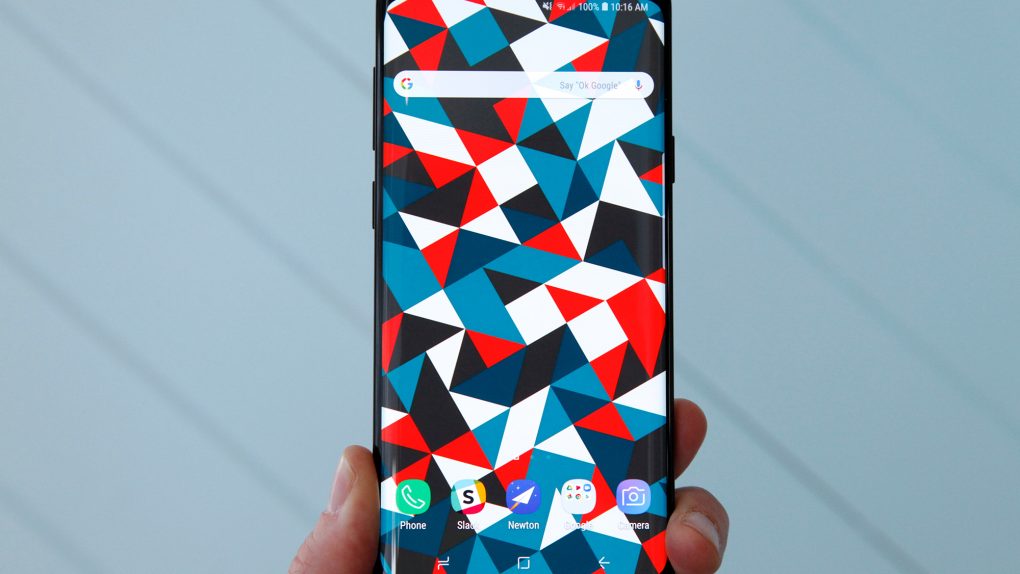Information surrounding Samsung’s next-generation flagship Galaxy S phones has been leaking for so long that it’s starting to feel like they’ll never actually launch. Thankfully though, Samsung’s Galaxy S10 release date is fast approaching. The new Galaxy S10 series is expected to debut ahead of this year’s annual Mobile World Congress trade show in Barcelona, Spain. If rumors pan out, three or four different versions of the phone will be unveiled initially, and then a fifth version that can basically be thought of as a “super Galaxy S10” will launch later in the year featuring an even larger display and compatibility with new 5G networks. Let’s not get ahead of ourselves, however, because there’s enough to get excited about with Samsung’s initial batch of new Galaxy S10 phones.
After a terribly boring year for Samsung flagship phones in 2018, the company will completely turn things around in 2019 with some of the most exciting new smartphones we’ve seen in quite some time. The Galaxy S10 series will feature a new all-screen designs with much smaller bezels than the Galaxy S8 and S9, and the new design will be achieved without the use of the iPhone X’s notch that hardcore Android fans hate so much. But Samsung’s new camera-in-display tech apparently isn’t the only exciting new design element that Galaxy S10 owners will enjoy.
In terms of the overall look of the phones, Samsung’s new Galaxy S10 series will look a lot like the Galaxy S8 and Galaxy S9. The phones will feature curved glass edges on the front and back along with aluminum sandwiched between them. A camera cluster will be centrally located in the upper-middle area on the back of the phones, as is the case on last year’s models. The biggest change will be the new display design, which features a hole cut out of the screen for the selfie cam. This way Samsung can shrink down the bezels above and below the display without having to add a dreaded notch at the top of the screen.
But the new front-facing camera placement and smaller bezels won’t be the only big design changes this year.
A few other big design changes will be introduced on this year’s Galaxy S10 phones. For one thing, there won’t be any fingerprint sensor on the back of the phone. No, Samsung isn’t going to copy Apple and switch exclusively to a face scanning solution. Instead, the Galaxy S10 will sport an ultrasonic fingerprint sensor embedded beneath the screen. This way, the user can simply touch the display near the bottom and his or her identity will be authenticated.
We’ve known about this big design change for quite some time thanks to leaks, but there’s another nifty change that we’ve only just learned about. Check out the following post on Twitter from Ice Universe, who is currently the most prolific and accurate Samsung insider:
The Samsung S10 series does not use a gradient color design, but a more gorgeous and lustrous solid color. So far all the renderings do not correctly express its color. pic.twitter.com/mDMgjTMBQL
— Ice universe (@UniverseIce) January 3, 2019
Smartphone users in the United States might not be too familiar with the “gradient color design” Ice Universe mentions, but it’s a huge trend in China right now. It’s also pretty awesome. Instead of using solid colors like most phones, some new smartphones feature a color scheme that fades from one color to another on the back of the phone. Here’s an example:

That’s the new Huawei Mate 20 Pro, which isn’t available from any wireless carriers in the US. If you want one, you need to buy it on Amazon. As you can see in the image above, the color on the back fades from black at the bottom to a deep purple, and then ultimately to blue. It looks positively stunning in real life, but Samsung might have something even better in store.
Details are few and far between right now. In fact, the only information we have is the vague statement in Ice Universe’s tweet. Samsung’s new Galaxy S10 will have a design that uses “a more gorgeous and lustrous solid color.” But considering how much Samsung is pouring into its tenth anniversary Galaxy S phones, and considering how accurate Ice Universe is, our expectations are now higher than ever.








